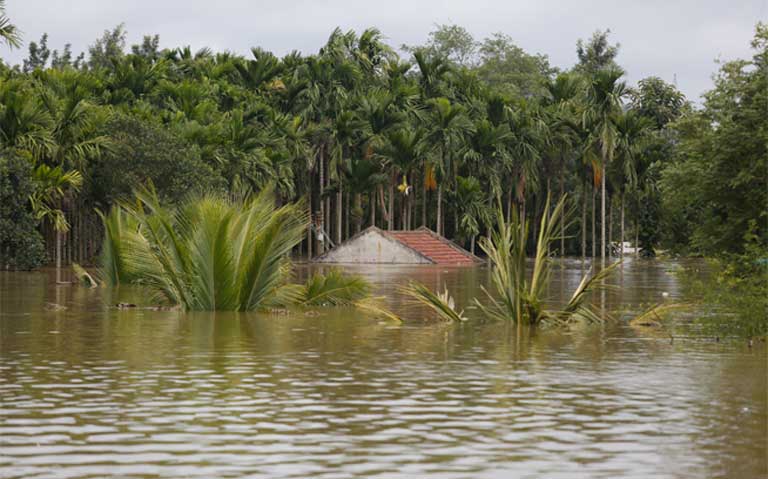Annual Monsoon Deluge: The Devastating Impact of Heavy Rains on India’s Urban Centers

Thousands of residents in Mumbai are grappling with the aftermath of heavy pre-monsoon rains that have caused significant flooding across the city. As roads transformed into rivers and vehicles became stranded, frustration mounted among citizens questioning the effectiveness of the city’s infrastructure. The Brihanmumbai Municipal Corporation (BMC) has faced backlash for its slow response, which included blaming debris and waste for the flooding. This crisis highlights a broader issue affecting major Indian cities, where inadequate infrastructure and rapid urbanization have led to recurring flooding challenges.
Infrastructure Challenges in Mumbai
Mumbai’s recent flooding has reignited concerns about the city’s infrastructure, which many residents believe is ill-equipped to handle heavy rainfall. The BMC initially attributed the flooding to clogged drains and debris from ongoing metro construction. In response to public outcry, the corporation deployed de-watering pumps and began clearing waste from drains. However, for many residents, these measures came too late to prevent the chaos that ensued. The flooding not only disrupted daily life but also raised questions about the city’s preparedness for the monsoon season, which typically begins in June.
The situation in Mumbai is not an isolated incident. Cities across India, from Delhi to Bengaluru, experience similar flooding issues each monsoon season. Experts attribute these problems to rapid urbanization, outdated infrastructure, and years of environmental neglect. As cities expand without adequate planning, natural drainage systems are often compromised, leading to severe waterlogging during heavy rains.
Broader Urban Flooding Issues
The flooding crisis extends beyond Mumbai, affecting major cities throughout India. In Delhi, the Minto Bridge has become emblematic of the city’s struggle with urban flooding, frequently inundated during heavy rains. This year, Delhi recorded its wettest May since 1901, resulting in significant property damage and even fatalities. The city’s infrastructure, much of which was designed decades ago, has failed to keep pace with urban growth and climate change.
Bengaluru faces its own unique challenges, having lost many of its natural lakes to urban development. These lakes once served as vital flood buffers, but their encroachment has left the city vulnerable to flooding. Activists argue that poor urban planning and violations of building norms have exacerbated the situation. As a result, Bengaluru’s residents now contend with flooding that was once uncommon in the city.
Climate Change and Its Impact
Climate change is increasingly influencing weather patterns across India, leading to erratic rainfall and extreme weather events. This year, the monsoon arrived earlier than expected in parts of southern India, catching authorities off guard. Experts warn that the changing climate will continue to pose challenges for urban areas, making it essential for cities to adapt their infrastructure and planning strategies.
The monsoon season is critical for agriculture in India, providing essential rainfall for farmers. However, the increasing frequency of unseasonal rains and flash floods threatens livelihoods and safety. As cities grapple with these challenges, the need for comprehensive planning and investment in resilient infrastructure becomes more pressing.
Looking Ahead: Solutions for Urban Flooding
Addressing the flooding crisis in Indian cities requires a multifaceted approach. Experts advocate for long-term strategies that incorporate advanced mapping and real-time monitoring to identify high-risk areas. Predictive models can aid authorities in planning effective responses to flooding events. However, technology alone is insufficient; it must be coupled with responsive governance and active community involvement.
For cities like Mumbai and Bengaluru to withstand the impacts of heavy rains, they must prioritize forward-thinking urban planning. This includes protecting natural drainage systems and wetlands, which play a crucial role in managing excess rainwater. As the frequency of flooding events increases, the urgency for sustainable solutions becomes paramount to safeguard the lives and livelihoods of millions of residents across India.
Observer Voice is the one stop site for National, International news, Sports, Editor’s Choice, Art/culture contents, Quotes and much more. We also cover historical contents. Historical contents includes World History, Indian History, and what happened today. The website also covers Entertainment across the India and World.
Follow Us on Twitter, Instagram, Facebook, & LinkedIn

